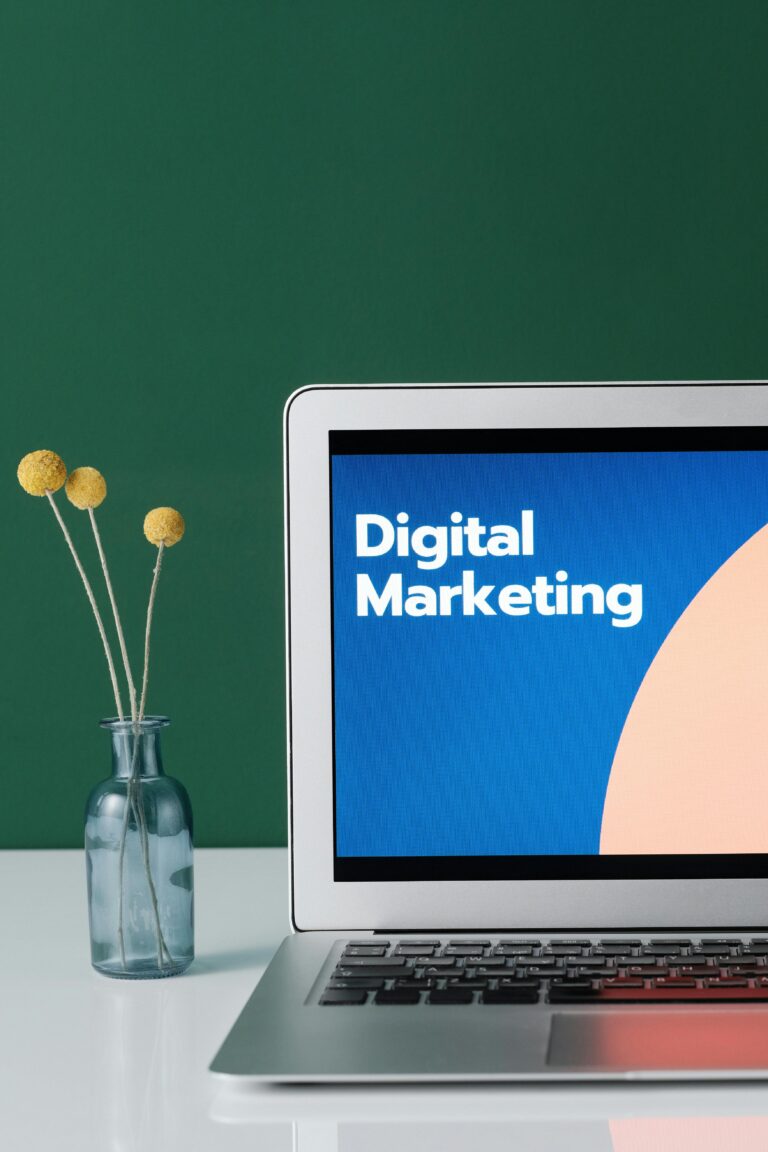
Websites live and die with their conversion rates. Good conversion rates mean more sales and revenue while lower conversion rates mean you will struggle to keep your business running.
Since maintaining healthy conversion rates is critical to running a successful online business, it is important to monitor and manage one of the most important aspects of conversion: your site user information.
UX is related to all of your leads, visitors or customers’ experience as they navigate and interact with your site on each page or page element. It has to do with how they easily find what they are looking for on your site — without the need for unnecessary conflict, which may cause them to jump back and forth.
Here are a few important ways the UX of your site can affect your conversion rate.
1. Video on Arrival Pages
Whenever you go to the forecast page, there is usually a lot of text to read. That’s because prediction pages are really sales pages that want to persuade you to click the call to action right on the page or click on the main page to get a real purchase. Some landing pages can be different lengths if they have a detailed number of guest contact suggestions.
As for UX, this can be very difficult for people because — let’s face it! Who has the time or desire to read the entire text?
Situations like these are tailored to the video. Studies show that using videos on prediction pages can increase conversion rates by a significant amount. Whenever a change occurs, it is because the UX of the page is improved. Conversion happens because the page successfully communicates with its value proposition and easily encourages users or customers to complete the page goal.
2. Call to Action Button Placement
Where you make your calls to action has a huge impact on the UX of your customers. If CTAs are difficult to view, read or click on, that has a negative impact on UX and conversion. The goal of many pages is to sell something — be it products, subscriptions, or subscriptions. CTAs are important in transformation as well as their placement.
The UX phrase wrap is about the imaginary line on websites that separates everything users can see from the page without scrolling down to what they can only see when they scroll down. Naturally, larger screen sizes — desktop compared to tablet and mobile — will have more content space than just folding.
To put it another way, the content above the fold is 84% higher than that below the fold. The study reached this conclusion by conducting its own research and analysis of Google’s display advertising for various sites.
This provides a strong indication that the important content you want your customers to see — such as the CTA! — Should be put on top.
3. The Speed of Your Website
Today, more than ever, site speed is one of the most important factors in determining whether your UX is up to standard. Slowly slow sites suffer from loss of conversion compared to very fast sites. (It can even affect your quality of life.)
How do you know what is fast enough, though?
A recent study conducted in 2009 by content delivery network provider Akamai and Forrester found that 40% of consumers refused to wait more than three seconds for a page to be delivered before they left the site. If your site takes three seconds or more, then kaboom!. Your tracks are disappearing along with your conversion.
A new study conducted in 2016 by DoubleClick by Google confirmed these previous findings. Speaking of cell phones, if pages take more than three seconds to load, it means that 53% of mobile site visits are stopped.
So your answer is three seconds or less. That’s how your site’s pages should deliver if you do not want your leads to think that your site has a bad UX due to being slow!
4. Website Readability: Make It Big
The most commonly underestimated UX feature is how readable your site is. It makes sense: If your leaders and visitors are unable to make headlines or content for your site, it means they will not understand what to do. And that means the wrong UX.
Should they learn the review? Watch a video? Maybe they should just jump straight to the CTA?
If your copy is not readable enough, they will not know what to do.
Consider the fact that your directors and visitors do not even read many copies of your site. According to UX Myths, people usually just check the site content. In these times of short attention, it is very important that what little of your content they actually read … is easy to read.
Content that is hard to read, too, is hard to understand. If your customers do not understand what you want them to do on your site, that means disaster for your site.
Since most people will not read much of the content on your pages, you should make it easier for them to find what they are reading. Making fonts bigger is always better.
Takeway? Do not use the 18-point font size in your body text.
5. Extracting Friction Through Navigation
Most web pages and all landing pages, of course, have one goal: to make their visitors convert. One of the biggest problems that can have a negative impact on conversion rates is when the forecast page suffers from a lot of clutter in the form of navigation links that distract visitors from the page. These links serve as distractions, working to reduce the overall focus of the page.
The solution? Split the page, of course!
From UX’s point of view, it makes sense all over the world: When you remove a page, your users are overwhelmed by the competitive decisions they have to make. Their minds are free, they can focus on only one function — the goal of the page — of the landing page.
Takeway? Find them on your prediction pages, and reap the benefits of a high conversion rate.
CONTACT US
- Email Info@Devlofox.com
- Phone: +91 7982436893
- Website Development Company In Delhi Netaji Subhash Place, Pitampura





Your enthusiasm is infectious, igniting excitement and curiosity about the topics you discuss.
Your article helped me a lot, is there any more related content? Thanks!